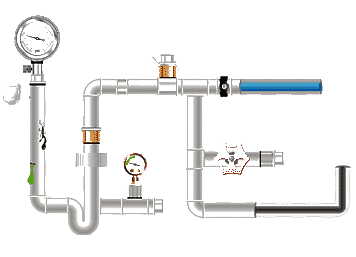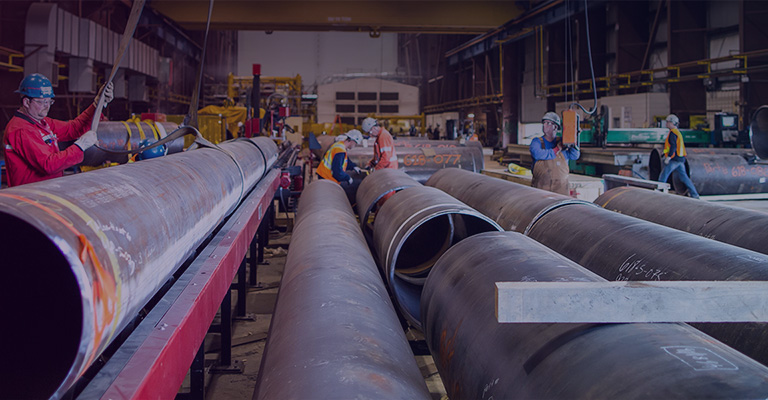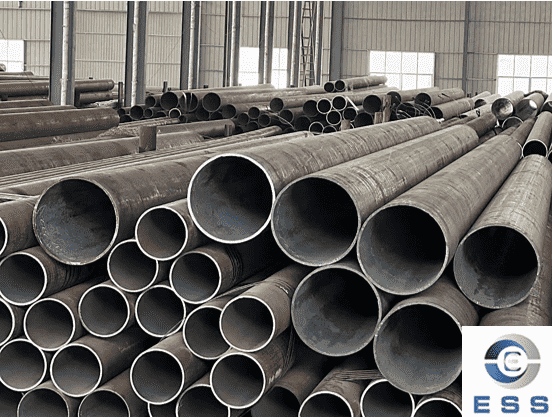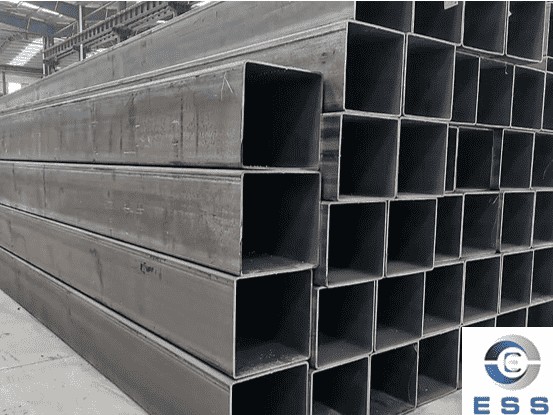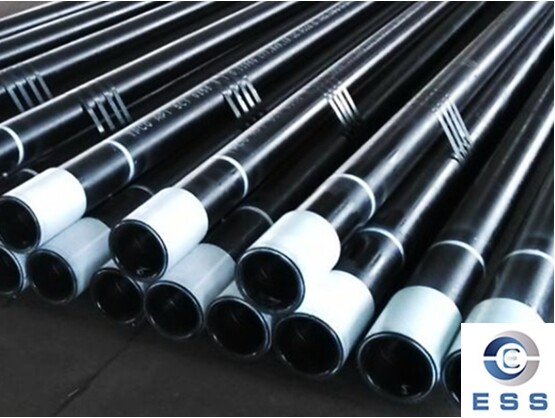Seamless carbon steel pipes are made of
steel ingots or solid tube blanks that are perforated into capillary tubes, and
then made by hot rolling, cold rolling or cold drawing. From the perspective of
caliber, <φ76 accounts for 35%, and <φ159-650 accounts for 25%. In terms of varieties, general-purpose
pipes are 1.9 million tons, accounting for 54%; petroleum pipes are 760,000
tons, accounting for 5.7%; hydraulic props and precision pipes are 150,000
tons, accounting for 4.3%; stainless
steel pipes, bearing pipes, and automotive pipes total 50,000 tons
tons, accounting for 1.4%.
Seamless carbon steel pipes are primarily
composed of iron and carbon, with the carbon content typically ranging from
0.02% to 2.0%. Carbon steel pipes can be categorized as low-carbon steel,
medium-carbon steel, and high-carbon steel based on their carbon content.
Low-carbon steel (such as Q235) offers better plasticity and weldability, while
high-carbon steel offers higher strength but lower toughness.
The performance of seamless carbon steel
pipes is generally closely related to their carbon content. A higher carbon
content increases the steel's hardness and strength, but reduces its plasticity
and weldability. Seamless carbon steel pipes also have relatively poor
corrosion resistance and are prone to rust.
Stainless steel seamless pipe is a steel
pipe that is resistant to weak corrosive media such as air, steam, water, and
chemically corrosive media such as acid, alkali, and salt. Also known as
stainless acid-resistant steel pipe.
Stainless steel seamless pipe is a hollow
long round steel, widely used in petroleum, chemical, medical, food, light
industry, mechanical instrumentation and other industrial pipelines and
mechanical structural components. In addition, when the bending and torsional
strength are the same, the weight is lighter, so it is also widely used in the
manufacture of mechanical parts and engineering structures. It is also commonly
used to produce various conventional weapons, barrels, shells, etc.
Production process of stainless steel
seamless steel pipe
a. Round steel preparation; b. Heating; c.
Hot-rolled perforation; d. cut head; e. pickling; f. grinding; g. lubrication;
h. Cold-rolled processing; i. skim; j. dolution heat treatment; k.
straightening; l. pipe cutting; m. pickling; n. product testing.
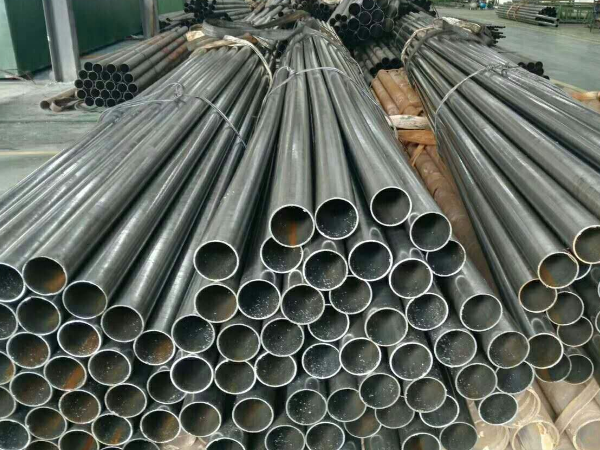
Stainless Steel
Seamless Pipe vs. Seamless Carbon Steel Pipe: Performance Differences
1.
Corrosion Resistance
Stainless
Steel Seamless Pipe:
The
greatest advantage of stainless steel lies in its excellent corrosion
resistance. Stainless steel pipe maintains a long service life in acidic,
alkaline, salt spray, and humid environments, making it particularly suitable
for applications with high corrosion requirements, such as the chemical
industry, marine engineering, food processing, and medical industries.
316
stainless steel, in particular, exhibits excellent corrosion resistance in
environments containing chloride ions and is commonly used in marine
environments.
Seamless
Carbon Steel Pipe:
Seamless
carbon steel pipe has poor corrosion resistance, especially in humid or
chemical-rich environments, where it is prone to oxidative corrosion and rust.
To
extend its service life, carbon steel pipe is often painted or galvanized, but
these protective coatings tend to degrade over time, reducing its corrosion
resistance. Therefore, seamless carbon steel pipe is more suitable for use in
dry, mild environments.
2.
Strength and Hardness
Stainless
Steel Seamless Pipe:
Stainless
steel seamless pipe generally has higher strength than ordinary seamless carbon
steel pipe, especially austenitic stainless steel. Its strength and
high-temperature resistance allow stainless steel pipes to be used in demanding
conditions.
For
example, in high-temperature environments, stainless steel maintains strong
mechanical properties and exhibits improved thermal shock resistance.
Seamless
Carbon Steel Pipe:
The
strength and hardness of carbon steel pipe are closely related to its carbon
content. Mild steel pipes have good toughness and ductility, making them suitable for most
structural applications; high-carbon steel pipes, on the other hand, have higher strength but lower plasticity.
Overall,
the strength of seamless carbon steel pipes is not as high as that of stainless
steel pipes, but their hardness is generally sufficient for general use.
3.
High-Temperature Resistance
Seamless
Stainless Steel Pipe:
Seamless
stainless steel pipes offer outstanding performance in high-temperature
environments. They can withstand high operating temperatures and are generally
less susceptible to deformation or oxidation.
For
example, 304 stainless steel can be used continuously below 800°C, while 316 stainless steel can operate at higher temperatures,
making it suitable for high-temperature industries such as the chemical,
petroleum, and aerospace industries.
Seamless
Carbon Steel Pipe:
Seamless
carbon steel pipes have relatively poor high-temperature resistance. Generally,
carbon steel pipes are susceptible to oxidation in high-temperature
environments, and their strength decreases significantly at high temperatures.
To
maintain structural stability at high temperatures, carbon steel pipes require
special heat treatment and protective coatings.
4.
Processing and Weldability
Stainless
Steel Seamless Pipe:
Stainless
steel seamless pipes offer excellent weldability, especially austenitic
stainless steels, which can be welded with high quality using methods such as
TIG and MIG welding.
Although
intergranular corrosion may occur in some areas during welding, this can be
effectively avoided with proper heat treatment and appropriate welding
procedures.
Seamless
Carbon Steel Pipe:
Seamless
carbon steel pipes offer excellent weldability, and nearly all types of carbon
steel can be welded using conventional welding methods.
Compared
to seamless stainless steel pipes, carbon steel pipes are easier to process and
less expensive, making them widely used in various structural and piping
applications.
Stainless
Steel Seamless Pipe vs. Seamless Carbon Steel Pipe: Cost and Affordability
Stainless
Steel Seamless Pipe:
Due to
the relatively expensive raw materials and complex production process, the cost
of seamless stainless steel pipes is relatively high.
Especially
in applications requiring high corrosion resistance and strength, the cost of
seamless stainless steel pipes can be several times that of seamless carbon
steel pipes. Therefore, seamless stainless steel pipes are primarily suitable
for applications requiring high performance.
Seamless
Carbon Steel Pipe:
Seamless
carbon steel pipe has a lower production cost and relatively inexpensive raw
material procurement.
It is
an ideal choice for applications with limited budgets and relatively low
corrosion resistance and strength requirements. It is widely used in water
pipes, oil and gas pipelines, and other fields.
Stainless
Steel Seamless Pipe vs. Seamless Carbon Steel Pipe: Application Scenarios
1.
Applications of Stainless Steel Seamless Pipe
Chemical
Industry: Due to its excellent corrosion resistance, stainless steel pipe is
widely used in chemical reactors, transmission pipelines, and other equipment.
Food
Industry: Stainless steel seamless pipe is widely used in food processing,
especially in environments where food hygiene is crucial. Due to its easy
cleaning and resistance to rust, stainless steel pipe is ideal for food and
beverage production lines.
Medical
Industry: Stainless steel seamless pipe is widely used in the manufacture of
medical equipment and devices, such as IV tubing and catheters.
Construction
Industry: Stainless steel seamless pipe is used in architectural decoration and
structural applications, particularly in applications that must withstand
corrosive environments, such as marine engineering and exterior wall
decoration.
2.
Applications of Seamless Carbon Steel Pipe
Water
Treatment: Seamless carbon steel pipe is widely used in urban water supply and
drainage systems, as well as in water treatment plant piping systems.
Oil
and Gas Industry: Carbon steel pipe is the primary material for oil and natural
gas transmission. Due to its cost advantage, seamless carbon steel pipe is
widely used for long-distance transmission pipelines, especially in
environments without particularly corrosive media.
Construction
Industry: Seamless carbon steel pipe is often used for support and steel
structures in building construction, especially in applications with lower
structural requirements.
Automotive
Industry: Seamless carbon steel pipe is used in automotive manufacturing, such
as in cooling systems and fuel lines.
Stainless
Steel Seamless Pipe or Seamless Carbon Steel Pipe?
After
analyzing the performance differences and application scenarios of seamless
stainless steel and seamless carbon steel pipe, we conclude that if your
project involves high corrosion, high temperatures, or special environments,
seamless stainless steel pipe is undoubtedly the best choice. Despite its
higher cost, its excellent corrosion resistance and strength make it
well-suited for high-end applications such as chemical, petroleum, and marine
engineering.
For
general structural applications, especially where cost is limited, seamless
carbon steel pipe is an economical and practical choice. Carbon steel pipes not
only have advantages in construction and welding, but also provide sufficient
performance in many daily projects, especially in the fields of water pipes and
oil transportation.









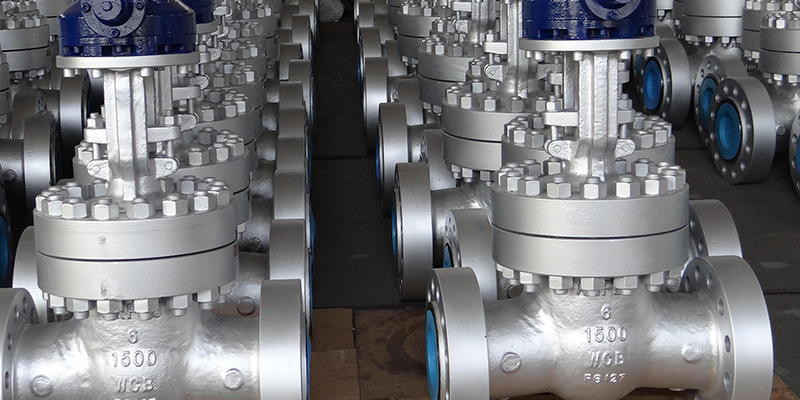
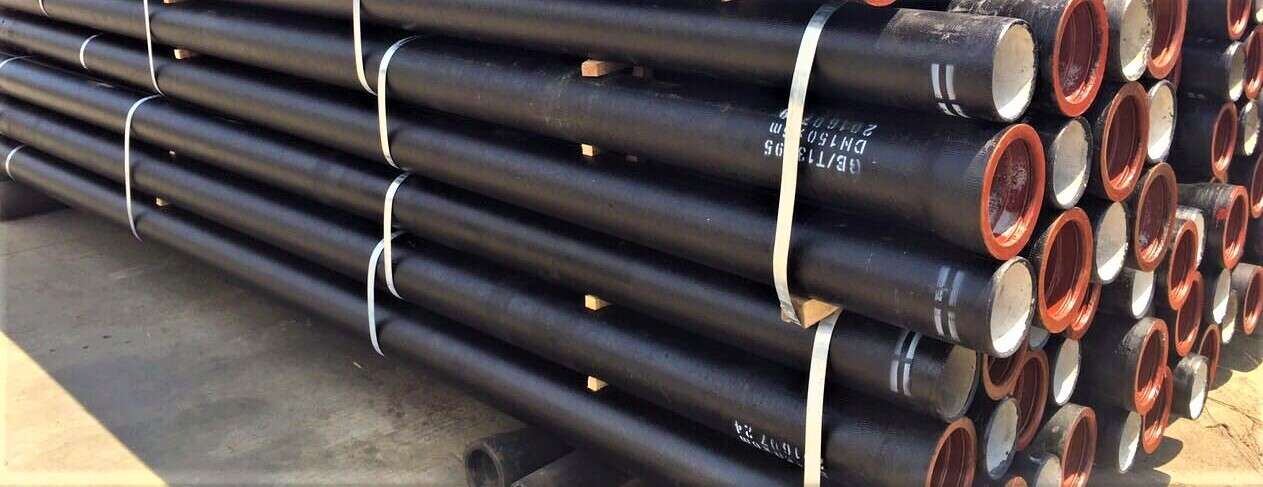


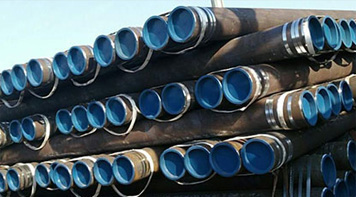 Eastern Steel Manufacturing Co.,Ltd not only improve product production and sales services, but also provide additional value-added services. As long as you need, we can complete your specific needs together.
Eastern Steel Manufacturing Co.,Ltd not only improve product production and sales services, but also provide additional value-added services. As long as you need, we can complete your specific needs together.
